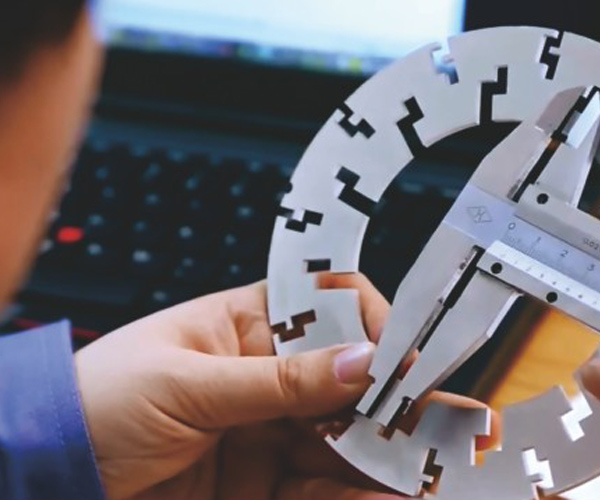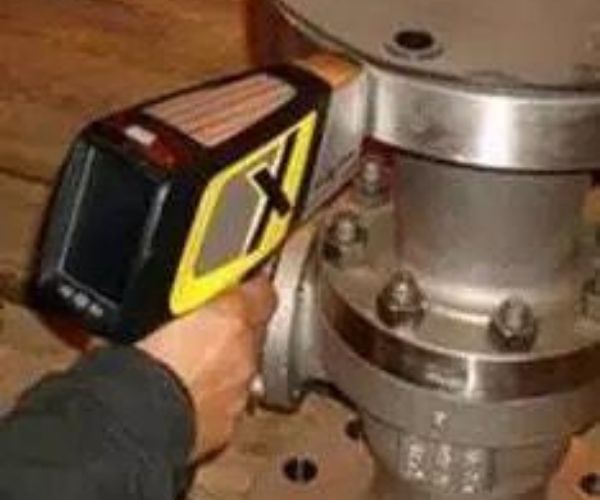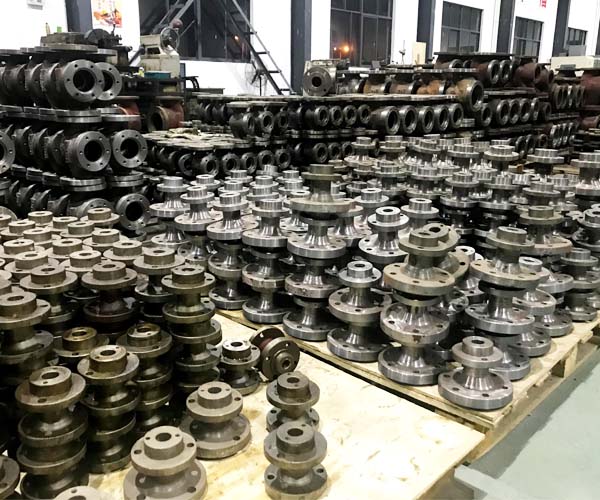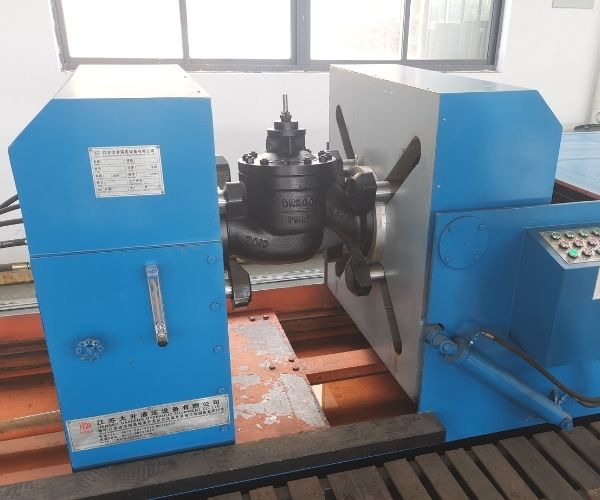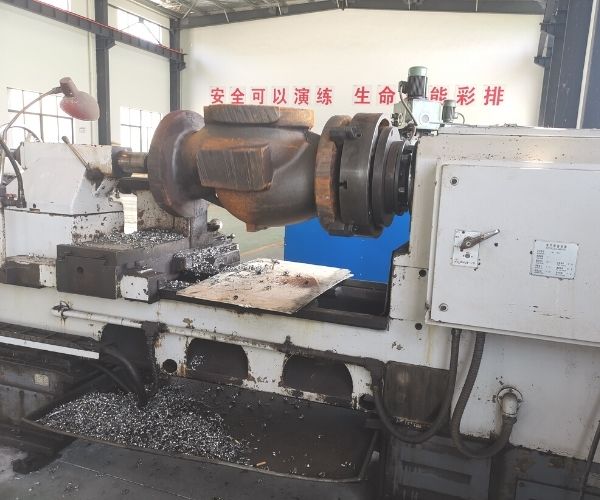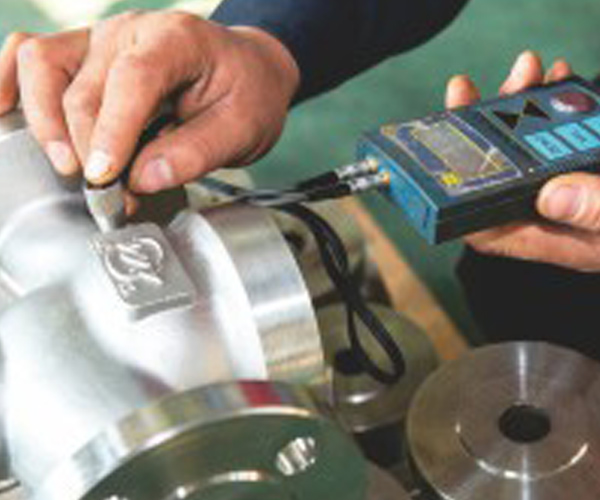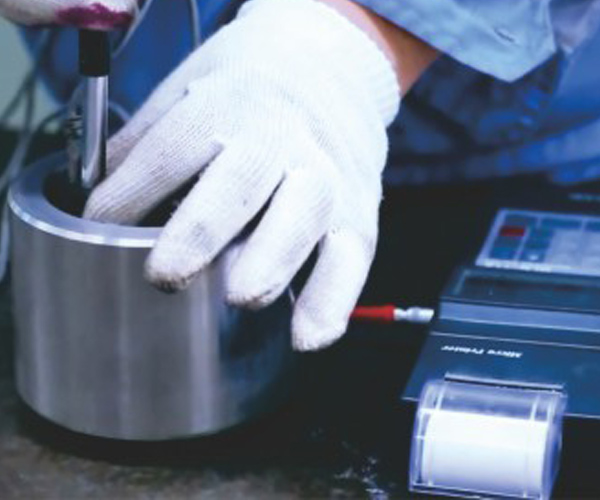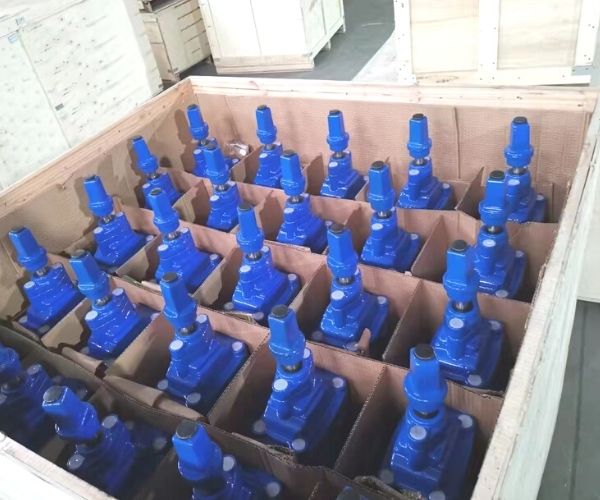Professional Pressure Reducing Valve Manufacturer
- The smaller package on the larger pipe size.
- More options for control.
- Seals more tightly because the system pressure approaches but doesn’t reach set pressure.
- Control pilot may be mounted remotely.
- Higher operating-to-set pressure ratio.
- Can be utilized in engines.
Get in Touch with Us
BCST your Expert Pressure Reducing Valve Supplier in China
BCST pressure reducing valves is employed to load a piston or diaphragm that increases the downward force accustomed open a bigger main valve. This allows a bigger flow capacity with a lower pressure offset. Pressure reducing valves (PRV) lower the downstream pressure to match the setpoint, opening because the pressure falls and shutting because it rises.
The greatest advantage of pressure reducing valve is that it permits the remote-actuation of enormous valves with inexpensive pilot lines. The more expensive4 working lines of the larger valves can then be kept short to save lots of money. Cheaper pilot lines is run far with none loss of circuit performance.
BCST your Pressure Reducing Valve Solution from China
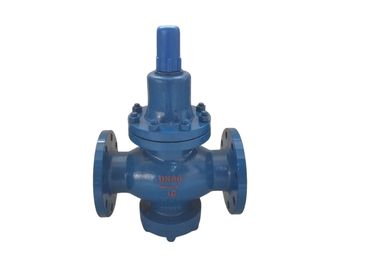
Air Pressure Reducing Valve
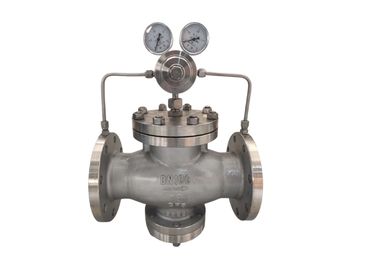
Liquid Pressure Reducing Valve
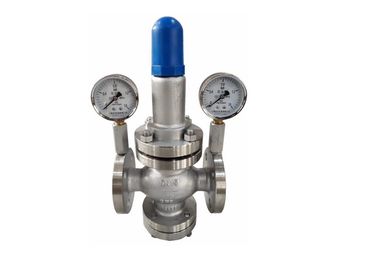
Stainless Steel Pressure Reducing Valve
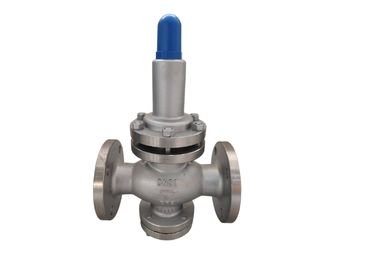
Steam Pressure Reducing Valve
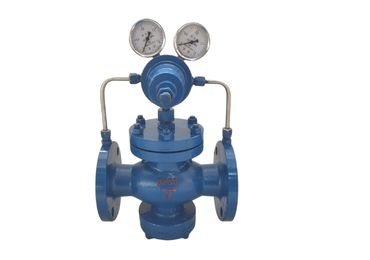
Water Pressure Reducing Valve
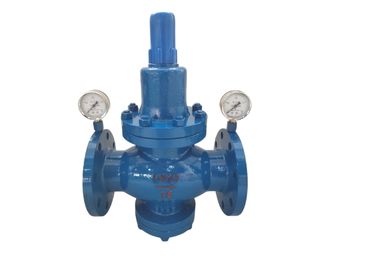
WCB Pressure Reducing Valve
BCST your Orginal Pressure Reduced Valve Factory from China
As an expert pressure reducing valve manufacturer in China, BCST supply a full package solution to live various mediums. Whether you’re an end-user or an engineering company, BCST will provide you with the only pressure reducing valve technical support and repair.
BCST pressure reducing valve is widely employed within the method industry. BCST has 2 factories covering 30000 m3, 5 set CNC machine centers with 10 set process machines workshops, BCST is your one-stop pressure reducing valve solution from China.
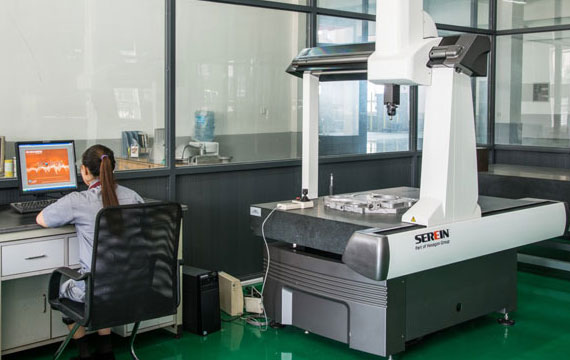
BCST Pressure Reduced Valve Quality Control
- Technical software caculation
- Technical team meeting
- CAD drawing confirmation
Raw Material Test
- Installation
- Calibration
- Chemical Analysis
- Mechanical Propery
- dimension Checks
- Visual Checks
- Non-destruction Examination
Hydrostatic Test
- Shell test
- Sealing test
- Leakage test
- Air test
- Function test
- CNC machining
- Visual checks
- Dimensional checks
- Liquid penetration test
Outlook Treatment
- Surface Polish
- Painting
- Visual inspection
- Thickness checks
- Visual checks
- Liquid penetration
- Test
- Hardness test
- Lapping
- Dimensional checks
Packing
- Marking
- Exported wooden box
Get the Latest Catalogue Now!
BCST Pressure Reduced Valve Application
Pressure Reduced Valve -FAQ
What are the benefits of pressure reducing valve?
Pressure-reducing valves are helpful for many applications, this kind of pressure-reducing valves benefit water, steam, and gas applications. So let’s check their benefits and advantages in detail.
Benefits of Water pressure reducing valves:
Water pressure-reducing valves are relatively cost-efficient and perform two essential functions.
- Reduce the high pressure of water coming inside the system automatically and efficiently provide water to house residents.
- Water Pressure reducing valves can maintain a set pressure for homes.
Here are their benefits:
Saves water:
pressure-reducing valves are helpful for some common, but essential appliances like the dish were
Hershey and washing machines contain too much water pressure; reducing valves helps them regulate water for such machines and saves water.
Saves Energy:
When installing a pressure-reducing valve, less water will flow through the valve. Hence less water will flow inside the system. It will benefit you so that it will use less water and energy. And you will be able to reduce the 30% electricity bill.
Save wastage of water:
The water in your kitchen sinks and shower will go to the septic system. But while you set up a pressure-reducing valve. You can lessen water waste via way of means of the use of a pressure-reducing valve. This action will not only benefit you but also benefits the environment.
Steam strain lowering valve:
Many industries use steam pressure-reducing valves. And they want a pressure-reducing valve to address excessive strain; strain-lowering valves are handy for those systems; pressure-reducing valves are very beneficial for these systems.
Reducing steam pressure:
Pressure-reducing valves for steam are manufactured explicitly for this kind of situation. This kind of pressure-reducing valve opens to pass the pressure to remain in the same condition and does not change even inflow rate oscillation.
Maintaining Pressure:
This form of pressure-reducing valve makes it feasible to preserve steady strain. It gives a swift and rapid response and sense and adjusts the posterior pressure.
Benefits of air pressure reducing valve:
Air pressure-reducing valves are used in lots of industries. They are available in different sizes., and can benefit you in many ways. Let’s check them out.
Protects pipelines:
They function automatically. These pressure-reducing valves are manufactured to protect the piping system and allow high-velocity air ejection. These valves effectively handle the air movement, i.e., when the air is in large volume, it will help you in the ejection of that air, and when the pipeline gets empty, it will help fill it. They even perform well during power failure.
Correction of air entrapment issues:
Air pressure-reducing valves can correct air entrapment issues they caught at a high position inside the valve. Air pressure reducing valves release pressure when the pipeline works under high pressure. Air stress decreases. Valve launches a massive quantity of air simultaneously as filling, and while the stress of the pipeline drops, it lets in an enormous amount of air to enter. And all this system is automatic.
Safe working of pipelines:
Air release can be hazardous if you don’t handle it properly. And if it explodes, there are chances of physical damage to use because of high-velocity air or flying parts. And it could reason sizeable loss to a piping device in case of its life and work efficiency. But it would be best if you bought the right-sized pressure-reducing valve, according to your pipeline, so that no damage occurs.
Restrain bubbles:
Air pressure-reducing valve serves in many ways. One of its significant functions is to release assembled air inside the valve, pressurized. The pressurized air can format bubbles and can create cavitation. So to get rid of all these problems, you need an air pressure-reducing valve.
Maintenance:
The air pressure-reducing valve is fully automatic. Air pressure-reducing valves do not need regular maintenance.
If you feel any leakage, you should remove the valve and check the problem, but commonly the leakage occurs because of dirt particles.
Less Energy consumption:
And the most significant advantage of the air pressure-reducing valve is that you will be able to save energy because it handles all extra air.
What are the applications of pressure-reducing valves?
Pressure-reducing valves are used in many industries, and they are a crucial element of these industries. Let’s see what these applications which are using a pressure-reducing valve are:
Air or gas applications:
Direct-acting and pilot-operated pressure-reducing valves, both internal pilots operated and external pilot-operated pressure-reducing valves, are used in air and gas related plants. They are used in compressed air systems; power tools also use pressure-reducing valves. These pressure-reducing valves are used in gas storage and distribution system. The type of pressure-reducing valve depends on the accuracy of control needed.
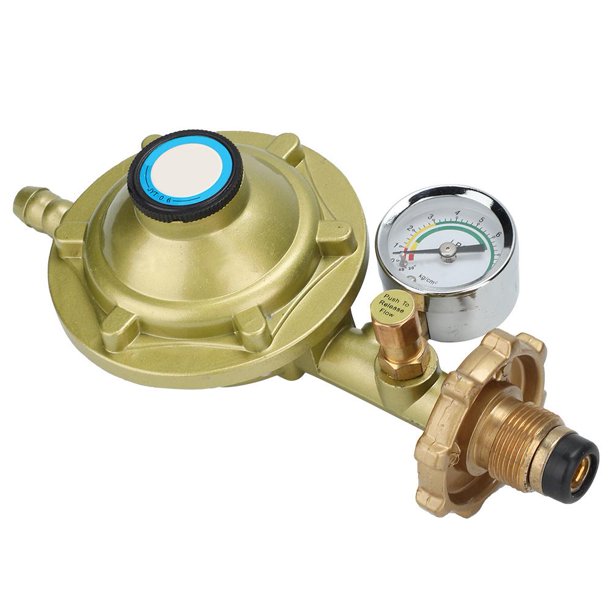
Water plants:
Water pressure-reducing valve is used widely in domestic water distributions, industrial water services, and fire protection units. The pressure-reducing valves are used in these lines, and they efficiently control the posterior pressure to an acceptable range.
Steam units:
Steam pressure-reducing valves are widely used in steam applications, such as steam engines, turbines, and direct steam supply.
More applications:
Following are some more applications of pressure-reducing valves:
- Pressure-reducing valvesare used in lubrication systems and heavy industrial systems.
- These valves are utilized in hydraulic presses and deal with ram -Pressure.
- They handle pressure in fuel-oil applications.
- Pressure-reducing valvesare used in rolling mills.
- Pressure-reducing valves are also used in sterilizers and humidifiers.
- These valves are used in unit heaters.
What is the distinction between pressure-reducing Valves and pressure-release valves?
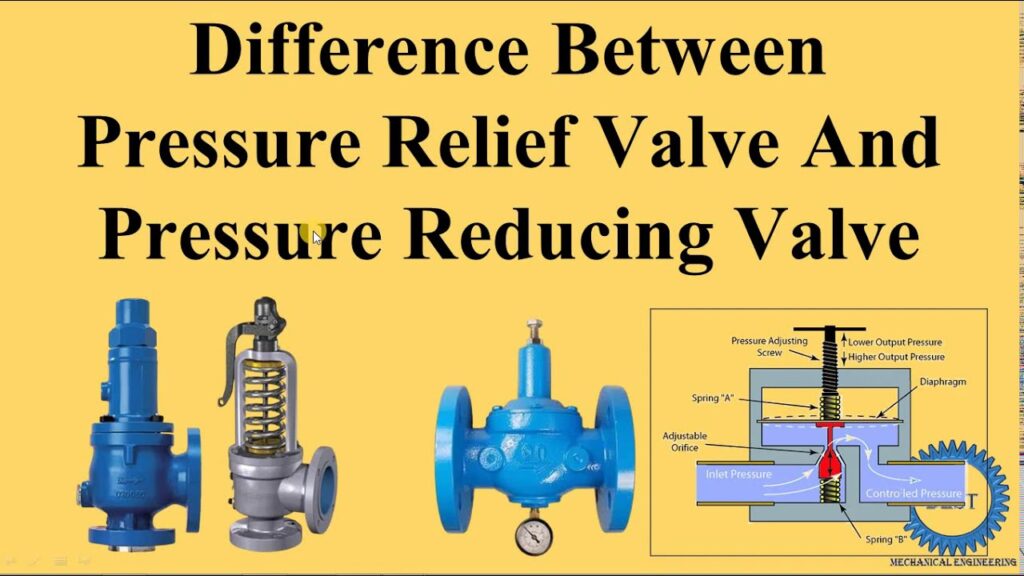
Pressure-reducing valves are distinct from strain comfort valves. Here are the essential variations among pressure-reducing Valves and Pressure relieve valves.
- Pressure-reducing Valvesustains constant strain at the posterior facet of the valve. On the other hand, a pressure relief valve protects systems and equipment from exceeding pressure’s adverse effects.
- The pressure-reducing valveworks continuously, but the pressure relief valve works only the most straightforward while a particular strain restriction exceeds.
- In the pressure-reducing valve, the pilot line recognizes the outlet pressure, and the pressure relief valve feels the inlet pressure.
- Usually, the pressure-reducing valveswith inside the open position, and on the other hand, the pressure relief valve will stay inside the closed position.
What is the value of a pressure-reducing valve, and how long will it lose?
According to type, there are different types and styles of pressure-reducing valves. But maximum pressure-reducing valves value around $50. When you install a new pressure-reducing valve and hire a
Plumber for this purpose. It will set you back $350. If you know how to install it, you can buy it and can install it yourself. You need to cut your main pipeline and join it to the valve.
The water pressure-reducing valve is not replaced; you can make it fit for use by simply cleaning or repairing it with the help of a low cast service kit.
What are the principal components of pressure reducing valve?
Name of the parts | Material of the parts |
body of Valve, the cover of the valve, and the seat cover | WCB/FCB* |
Valve seat, valve disc | 2cr13/304* |
Cylinder sleeve | 2Cr13/25(hand chrome plating)/304* |
piston | 2Cr13/copper alloy* |
Piston ring | 2Cr13/304* |
Piston ring | Alloy cast iron/poly |
Adjusting valve | 60Si2Mn |
Pilot valve body, cover | 25/304* |
Sealing gasket | Rubber/PTFE |
Spring of piolet valve and predominant Valve | 50CrVA |
What should precautionary measures be taken to install the pressure-reducing valve properly?
If you are thinking about installing a pressure-reducing valve, then you should take the following preventive measures to make your installation appropriately:
- You should carefully monitor the valve before installing it, check if the pressure-reducingvalve is according to the requirement of your system, and install it when you are sure about the pressure-reducing valve’s compatibility with your system.
- If you have installed a valve in a parallel pipeline, the valve that contains the average flow arrow should be uniform.
- Before installing your pressure-reducing valve, you should check if you have removed the valve cover from both ends, Check the connecting bolts.
- You should check the valve before you clean the pipeline.
- Only the pressure-reducing valvein the pipeline resets. You should filter media with the help of a filter.
- When you use the adjustment screw, it moves slowly in a clockwise direction, and because of this, the outlet pressure is decreased to the required pressure level after adjusting screw locking.
What are the operating components of pressure-reducing valves?
Pressure-reducing valves include three essential operating components. Which helps pressure-reducing valves to work correctly; let us check these components in detail:
- The first one is the loading procedure for pressure-reducing valves, and it affects the pressure-reducing valvesetting and delivery pressure. The most common loading procedure is spring. When you turn on the adjustment knob, the loading procedure is squeezed. Then the force applied to the spring is passed to the sensing and control elements, and all these parts work together to get the required pressure.
- The second component of the pressure-reducing valveis the sensing part. It continually reacts to the force applied to the loading procedure. The sensing part also reacts difference between the inlet and outlet pressure. Many pressure-reducing valves work as the diaphragm for functioning as a sensing part. The sensing element works together with the loading mechanism, and it sends the difference in force to the control part.
- The third component is the control part, which is a significant part. It decreases the inlet pressure to outlet pressure with the help of the feedback that it obtains from other parts. When you adjust the knob of the pressure-reducing valve, then the loading procedure gets squeezed, or it can extend; this extension or compression depends on desired pressure. It will change the sensing element’s force and move it away from the pressure-reducing valve And then, the opening becomes large or small to give the needed pressure.
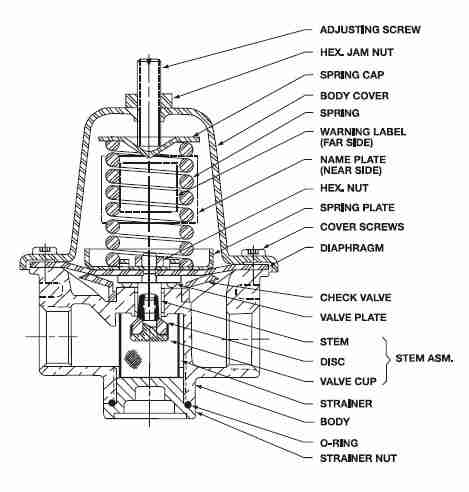
Who are the producers of pressure-reducing valves?
The top Chinese brand that is gaining fame worldwide for the production of pressure-reducing Valve is BCST. The company has been manufacturing top-quality pressure-reducing valves for the last 20 years. The company also exports highly efficient pressure-reducing valves to more than 100 countries globally. Pressure-reducing Valve is the most popular device used in many industries working with steam, gas, air, or water. Pressure Reducing Valve this Valve is a device that saves your pipeline and plumbing fitting from eruption because of high pressure and regulates the flow in all kinds of pipelines handling water, steam, and gas.
How does pressure reducing valve work?
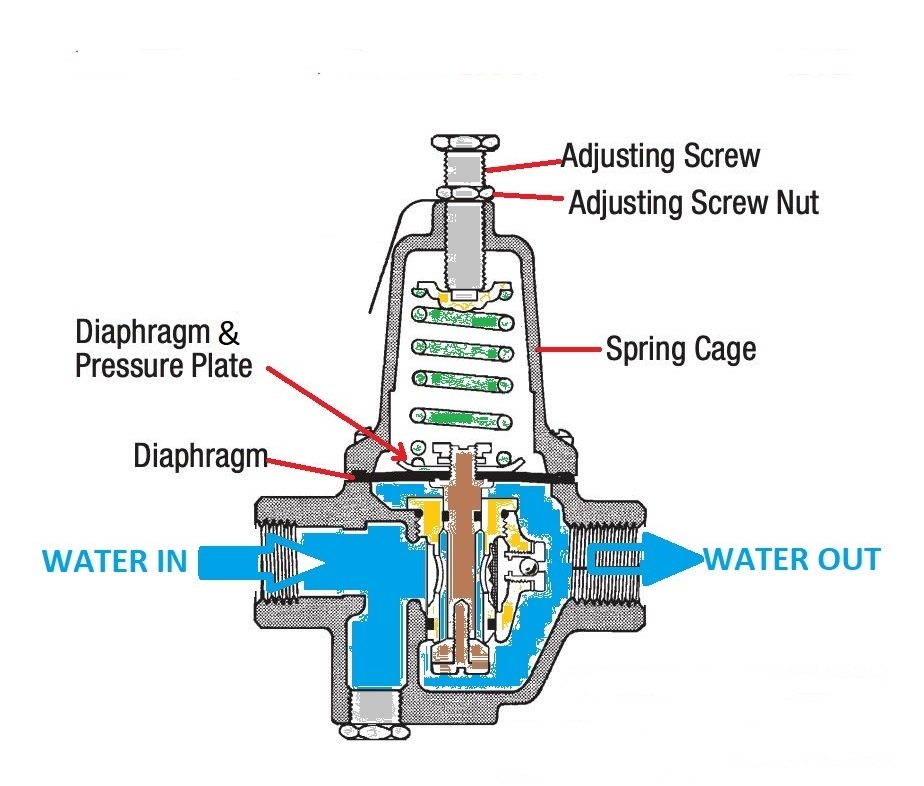
Pressure-reducing Valve keeps the flow to the desired level. If you don’t use a pressure-reducing valve in your system, the flow pressure will get high, and it will cause damage to your piping system. It helps you lower the water pressure coming inside your system.
The working procedure of pressure reducing valve is as follows:
- You will set the needed outlet pressure with the help of the wheel adjacent to the PressureReducing Valve. It then adjusts the tension that keeps the diaphragm in place.
- Water can move through the valve if upriver pressure remains on the level or below the adjusted level for downriver pressure. In other words, pressure will not be enough to push the spring back, which will help the valve close. And outside demand allows the pressure to drop, and the valve remains open.
- If the inlet pressure exceeds, it will handle the tension on the pressure-reducing valvespring according to the required level. This pressure valve enables the diaphragm to move up and close the valve.
- This pressure down the riverside will help keep the pressure-reducing valveclose and stop moderate pressure build-up from the inlet side.

